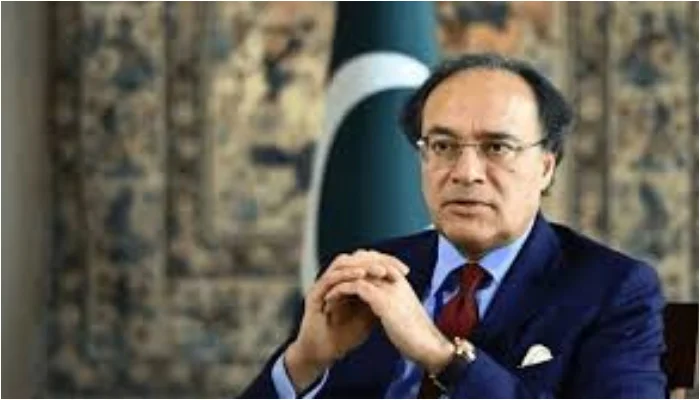LESSONS from the Bihar elections have domestic implications, and they will be studied in the neighbourhood. The call to war Prime Minister Narendra Modi gave from the poll-bound state in April in response to terror killings in distant Pahalgam, was seen as aimed at producing a favourable electoral outcome in last week’s poll verdict. In case the war cry, followed by a four-day flare-up with Pakistan, did help in the stupendous verdict, would the victory for Modi’s ruling National Democratic Alliance (NDA) in Bihar fuel more tensions on the border or would they abate now that the run-in with Pakistan had served its electoral purpose. Or would success in Bihar prompt repetition in crucial West Bengal polls next year?
The narrative from Modi supporters and his rivals is that one or two previous military events did help the prime minister electorally. It is claimed that the Pulwama attack and the aerial skirmish it set off with Pakistan brought rich dividends for Modi in the 2019 elections. Never mind the dubious optics the skirmishes produced to contradict the belief — an Indian pilot’s embarrassing capture in Pakistan in the post-Pulwama episode and widespread claims, not least by President Donald Trump, of Pakistan shooting down several Indian planes in the subsequent Operation Sindoor/Bunyanum Marsoos engagement. The optics were airbrushed or recast by pliable TV channels as major victories.
Dampening the enthusiasm for war cries and their electoral linkages is the example of Manmohan Singh. He won a second term while not raising a militarist finger in the aftermath of the Mumbai carnage of November 2008. On the contrary, he changed his home minister and probed peaceful ways to resolve the terror problem with Pakistan. Singh agreed to discuss Balochistan alongside the Kashmir issue in his meeting with his Pakistani counterpart in Egypt. The proposal was shot down by the deep state on both sides.
Be that as it may, the opposition in India is crying foul at the Bihar results. The Congress looks scandalised by “the unprecedented 90 per cent strike rate” scored by the BJP and its allies, a reference to the number of seats won against the number of seats contested by the NDA. It says former prime minister Rajiv Gandhi won 404 of the 514 seats the Congress contested for the Lok Sabha after his mother’s assassination in October 1984. But even he didn’t get the strike rate of last week’s Bihar results for the NDA. The implication is that there was foul play at the hustings.
India’s opposition parties might want to figure out their priorities at the outset.
There are two problems here that the opposition should tackle. If the election results were an outcome of rigging, as is alleged, it is not all bad news. It shows India at least doesn’t face a threat from fascism given that fascism rides popular support, which the BJP needs to scrounge around for. As for military action on the other hand, if it begins to tweak electoral results, a militarised polity could easily become fertile ground for Hindutva to strike deeper roots. In either case, what is the opposition’s strategy to take on the entrenched right wing under Modi’s watch.
Rahul Gandhi and his team have carried out deep investigations into some serious electoral malpractices in vogue under the Modi regime. The election commission has been accused of connivance. The probe threw up compelling findings, a classic one being the case of Brazilian hairdresser Larissa Nery, whose photos featured in voters’ lists across India. Having done the homework in a higher cause, Gandhi’s party promptly sullied its image by haggling over seat shares with the local ally. It hurt both.
Bereft of context, the result looks unremarkable. Bihar’s main opposition party, Lalu Yadav’s Rashtriya Janata Dal, pouched the highest percentage of vote share but only to win a paltry 25 seats in the 243-member assembly. With 23pc of the total votes cast, the RJD is clearly but strangely ahead of Modi’s ally, Chief Minister Nitish Kumar’s Janata Dal (United, JDU) with 19.25pc.
The BJP got 20.08pc vote share. Yet, the BJP and JDU won 89 and 85 seats respectively. Likewise, the All India Majlis Ittehadul Muslimeen with 1.85pc vote share took five seats while the Congress with 8.71pc managed to get just six.
Such anomalies were at play with the left’s performance too and has been the feature of many an Indian election, a commentary on the country’s first past the post system. Indira Gandhi was ‘routed’ in 1977 by the Janata Party with a difference of 2pc votes. She took 40.98pc, and the opposition alliance had nothing more than 43pc. Moreover — and this is important for Rahul Gandhi to note — in her rout, Mrs Gandhi still had 154 seats in the 543-member Lok Sabha whereas the Congress in recent outings has struggled to do half as well. And this is what needs to be understood and explained by the struggling behemoth the Congress has become.
The BJP under Modi’s leadership is pursuing power at any cost — dismantling state governments with defections in Madhya Pradesh, Karnataka and Maharashtra, winning elsewhere with questionable methods under the election commission’s nose. What then is the most important task before opposition parties? They might want to figure out their priorities at the outset. Should the left, for example, derail Mamata Banerjee in West Bengal or see the back of the BJP first? Similar sacrifices are needed in Kerala to keep the BJP out.
Also, do the opposition really believe they are taking part in a genuine democratic event with elections? Or are today’s elections mere choreographed formalities with a predetermined outcome? The complete subjugation of the election commission provides a most visible clue. The opposition had pondered a second independence movement. Should they hit the road as Gandhi would? And like Gandhi, perhaps talk to Pakistan? The most nationalist opposition party can’t beat the BJP on its militarist turf.
The writer is Dawn’s correspondent in Delhi.
jawednaqvi@gmail.com
Published in Dawn, November 18th, 2025





